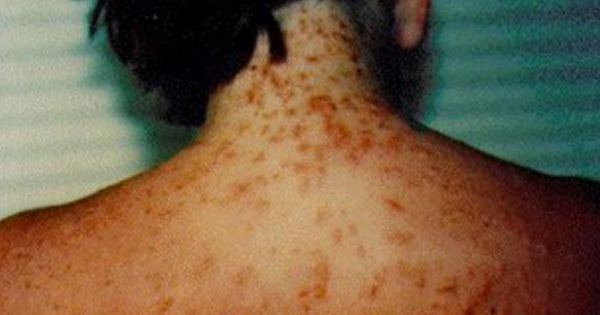Advertisement
Beachgoers, listen up! With temperatures rising more and more each day, sea lice are becoming more worrisome at the beach, especially around Florida and the Caribbean.
These tiny sea lice, also known as beach lice, often leave swimmers with tiny bumps all over their bodies and even present flu-like symptoms.
Although sea lice are no larger than a speck of dust, these microscopic larvae of marine life, such as jellyfish and sea anemones, have been invading our coastal waters for more than a century.
Beach lice tend to sting swimmers in the water by creeping their way into the mesh of wet swimsuits, where they can easily become trapped and unable to move back out.
Unlike adult jellyfish, being stung by sea lice won’t hurt at first, but you may be left with an uncomfortable rash the next day.
The resulting rash is often bumpy, itchy, and red, which typically resembles tiny blisters all over the body.
According to one study cited by CNN, if you’ve been stung by sea lice before, you’re more likely to suffer another eruption in the future.
In order to minimize the risk of a sea lice eruption, always make sure you remove your swimsuit and shower right after getting out of the water, even if you plan on going back in.
This will ensure that no minute larvae are trapped inside your bathing suit when you leave the beach at the end of the day.
Another precaution may be dousing your bathing suit in rubbing alcohol or household vinegar before washing and reusing.




